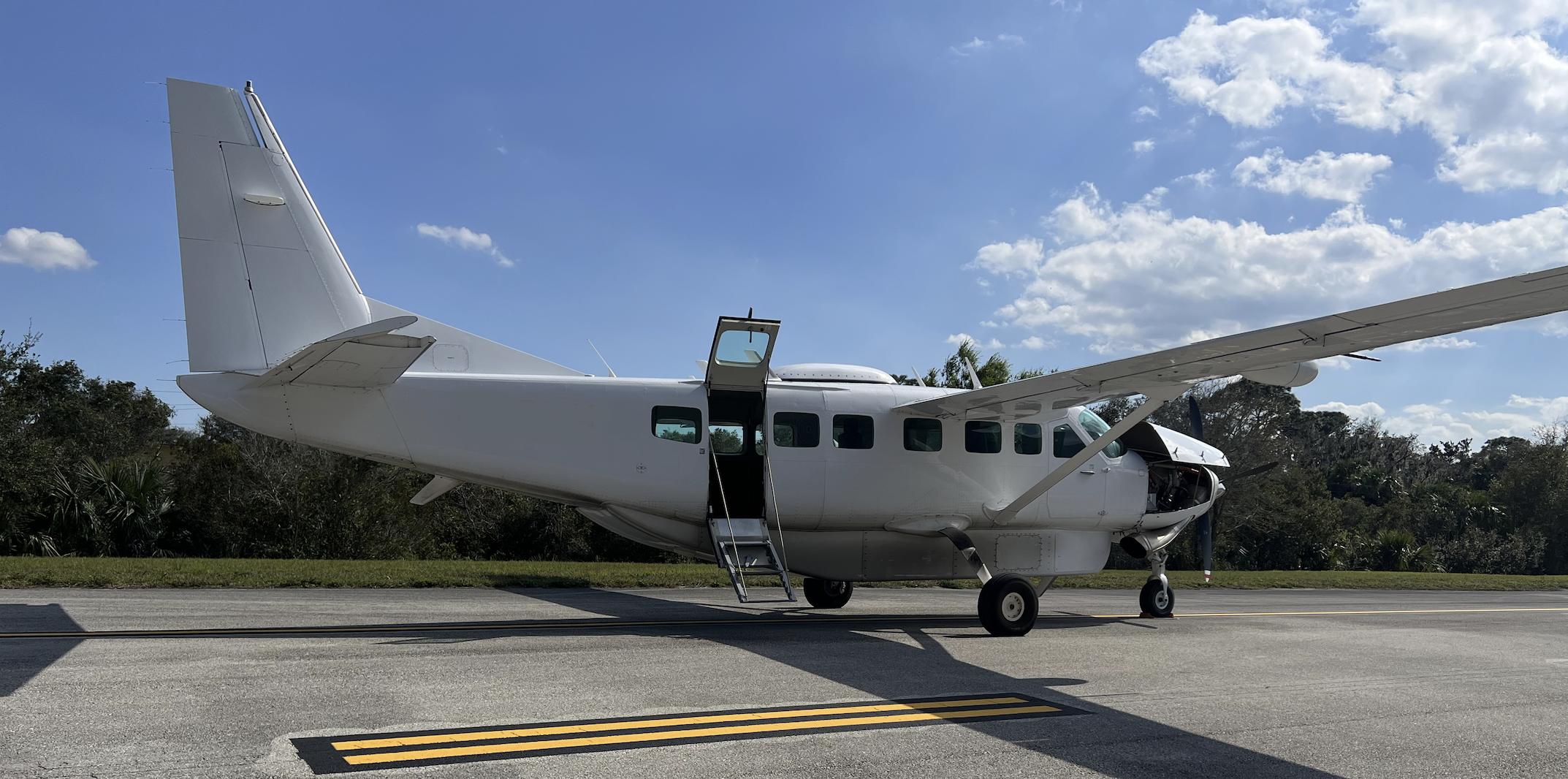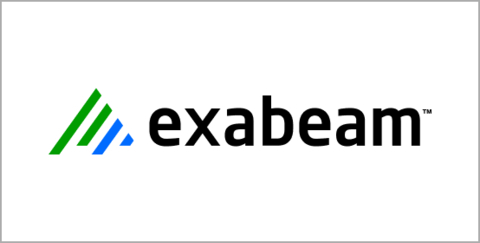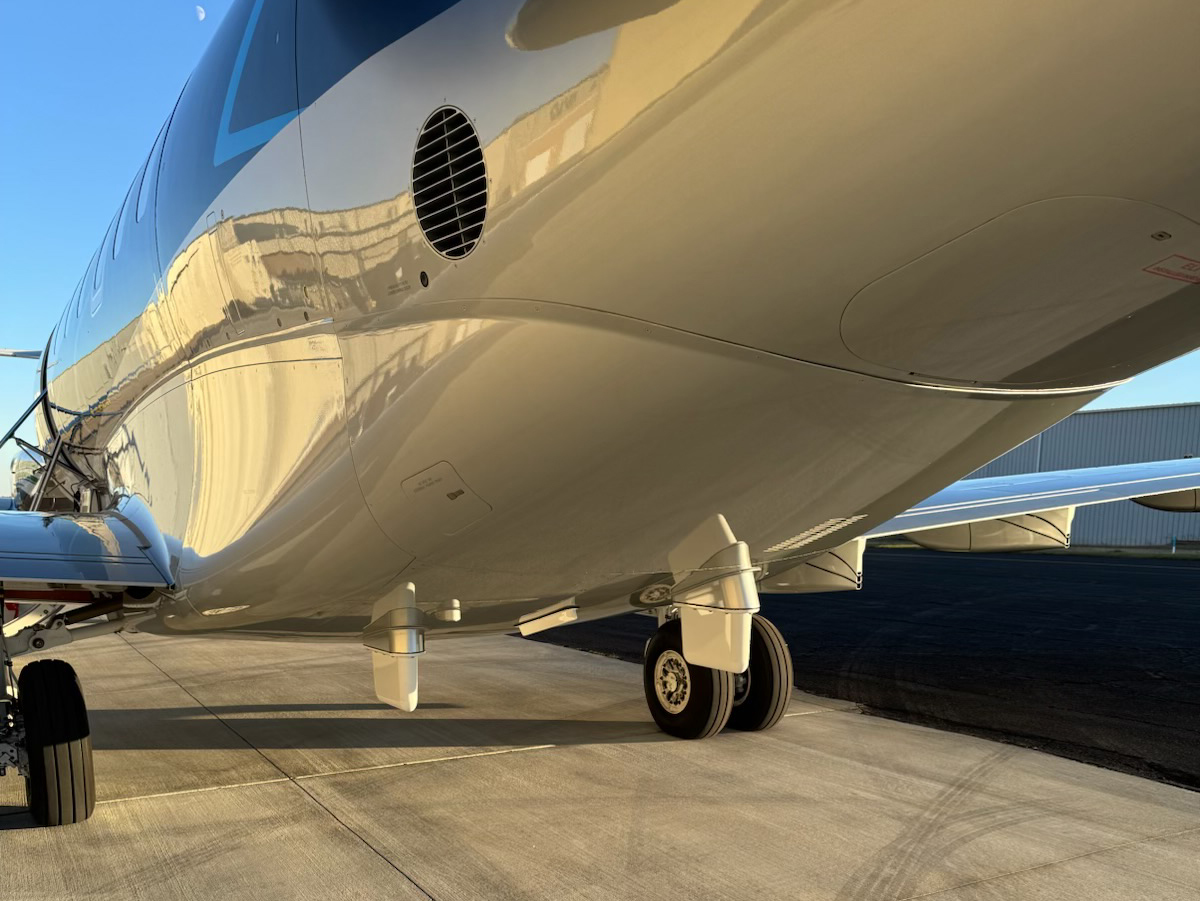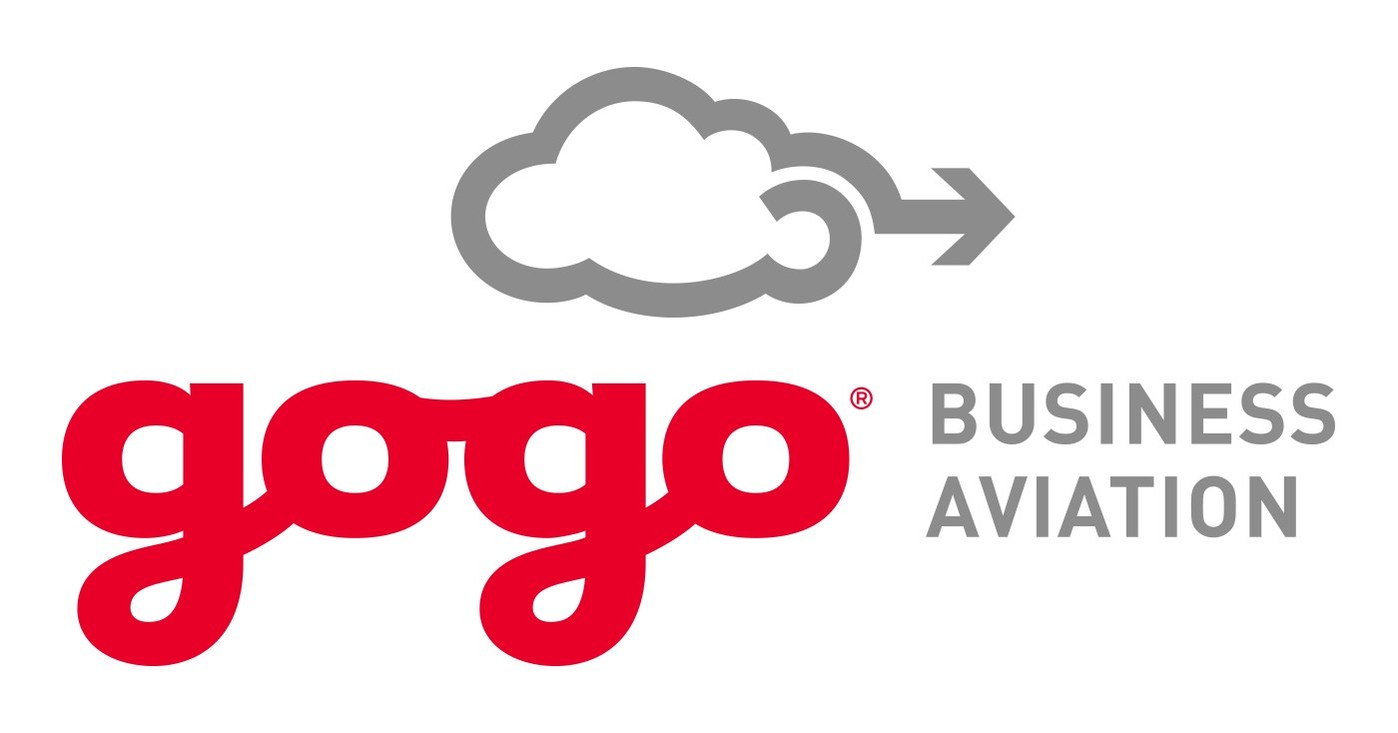
Gogo Inc. (NASDAQ:GOGO) has confirmed the performance of its Plane Simple Electronically Steered Antenna (ESA) following a series of successful flight tests. The company collaborated with MAG Aerospace to conduct extensive testing that covered all planned maneuvers, including standard taxi, take-off, landing and complex patterns like racetrack and figure-of-eight courses.
The tests evaluated gate-to-gate continuous operations, including abrupt power loss scenarios. Systems were able to reconnect immediately and automatically without requiring engineer intervention. The ESA was mounted on a Cessna Caravan using MAG Aerospace’s Universal Adapter Plate, a certified radome system that facilitates rapid upgrades to new antenna technologies without costly recertification.
During the validation flights, the ESA maintained stable connections with the Eutelsat OneWeb LEO satellite network. This supported multi-device connectivity for various applications, including streaming, video conferencing, messaging, email and corporate VPN access for multiple passengers at once.
The full duplex ESA is being developed with Gilat Satellite Networks Ltd (NASDAQ: GILT) and is anticipated to meet the needs of VVIP, head-of-state, government and special mission operators. The low-powered antenna is designed to work with different radome types and is suitable for a range of aircraft from single-engine ISR turboprops to larger executive airliners.
“The system performed flawlessly throughout the test program and did not require remedial intervention at any point, highlighting the capability of this multi-purpose antenna,” said Chris Moore, CEO of Broomfield-based Gogo. He added that the ESA’s flexible applications enhance the company’s terminal portfolio as they aim to provide future-proofed connectivity solutions.
The flight tests, conducted from Titusville, Fla., demonstrated the ESA’s full-duplex capabilities, allowing simultaneous data transmission and reception. A complete set of trial data has been collected for analysis to confirm final modifications for performance optimization. Manufacturing of pre-production hardware has commenced to support FAA airworthiness testing, with production hardware delivery expected for customer STCs later in 2025.


